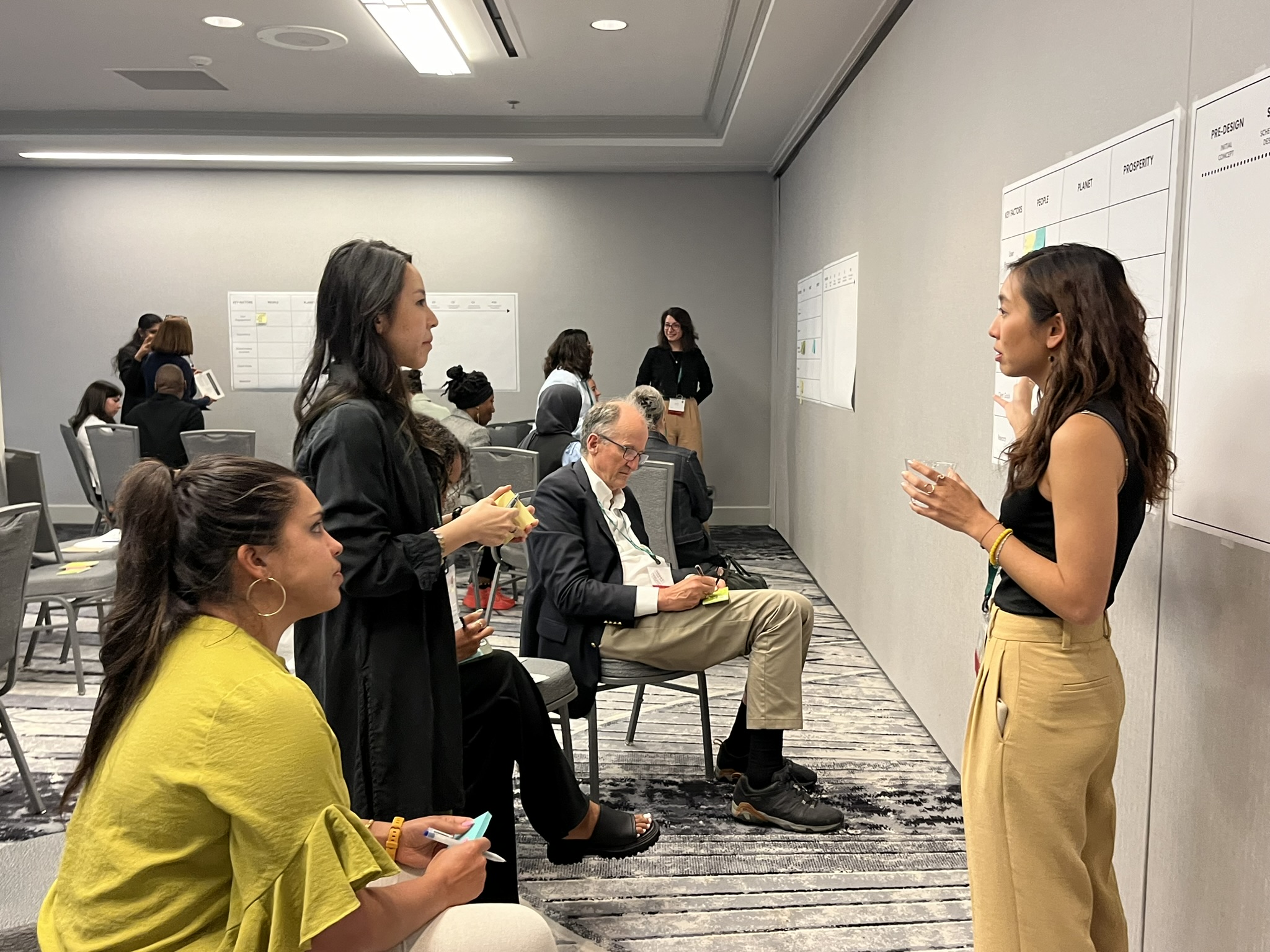How can we design with an empathetic framework? At the National Environmental Design and Research Association Conference in Portland, Oregon in June 2024, CCD Los Angeles Fellow, Connie Lin, alongside her colleagues at Perkins & Will, Shailagh McCormack and Saran Megha Parimi hosted a workshop on empathetic design to better understand how designers can create humane spaces that improve occupant health.
With a growing emphasis on health and wellness in the built environment, designers and practitioners alike are doubling down on the occupant experience. However, there are no set standards or guidelines for an empathetic approach. Empathetic design is the design of a space that is emotionally and socially informed spaces and integrates the user perspective throughout the design process. Therefore, through a series of participatory design exercises and group discussions, this interdisciplinary workshop sought to not only educate and inform participants about the environmental influences on human emotions, but also to provide a kit of parts for applying empathetic design. Some of the key findings from this workshop will be shared.
“Empathetic design is the design of a space that is emotionally and socially informed spaces and integrates the user perspective throughout the design process”
About the Workshop
The research team first developed an empathetic framework that encompassed five areas of the design process: user engagement, operations, stakeholders involved, client goals, and research integration. User engagement includes involving the occupants in the design process through user group meetings, focus groups, charrettes or other means. The operational element focuses on the client’s internal structure as well as the logistics, maintenance, and management team. Stakeholders focus on the decision makers and the policies in place. The client goals portion odes to the alignment between the design team and the needs of the client. Lastly, research integration discusses the integration of evidence-based design, and design evaluation methods.

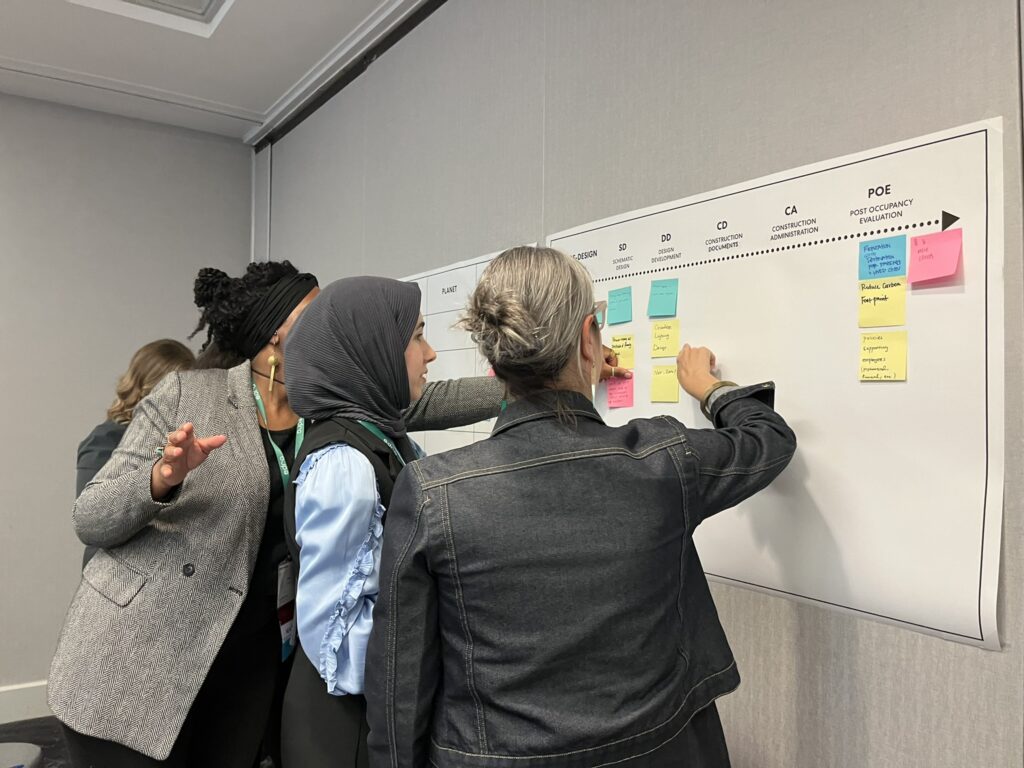
The workshop consisted of three participatory segments to test this framework:
Part 1: Interactive Polling
To kick off the workshop, this live polling session gathered information on who was in the audience and what methods for empathetic design currently exist. The audience consisted of an interdisciplinary group ranging from educators, researchers, and designers.
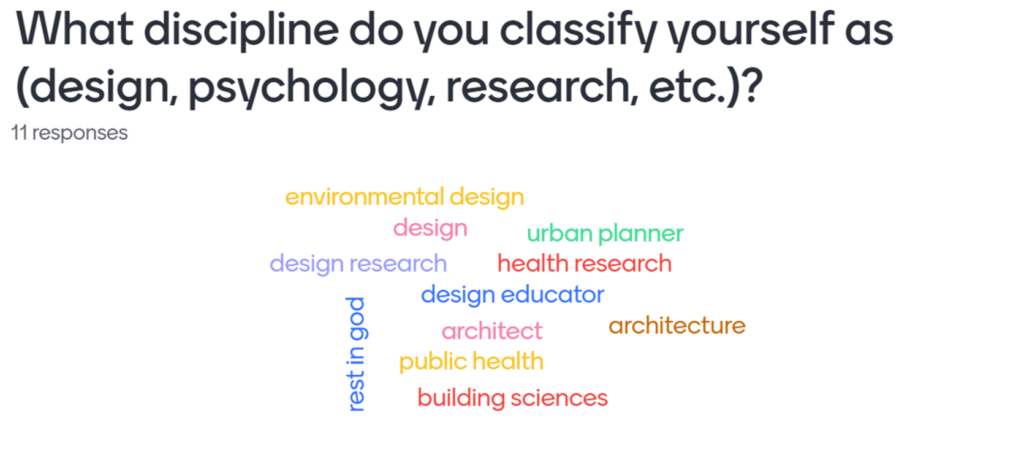
There was also a majority of respondents who believed that empathetic design is not currently being implemented well, emphasizing the need for a new approach to empathetic design.
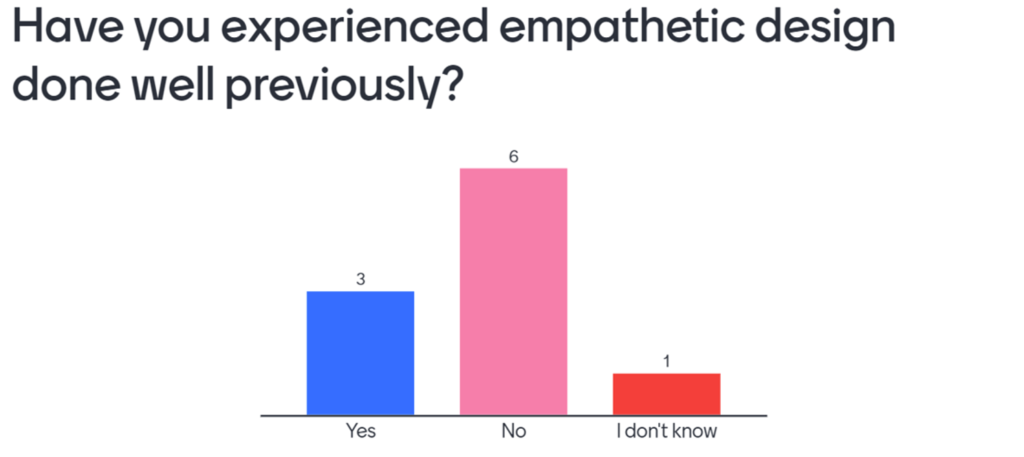
In the poll results below, it is demonstrated that respondents noted budget, schedule, and client needs as the largest roadblocks in being able to actually implement empathy in their design approaches. Workshop participants will brainstorm methods to overcome those hurdles in Part 2.
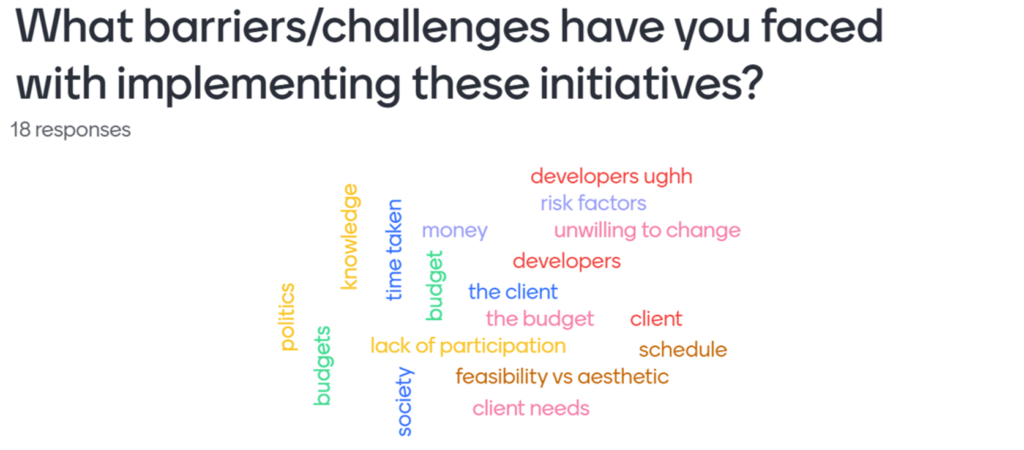
Part 2: Charrette – The Triple Bottom Line
For the second portion, the participants split up into three random groups to discuss a specific scenario that was given. The groups discussed ways in which the five elements of the empathetic framework could cater towards the triple bottom line: people, planet, and prosperity or in otherwords, looking at it through a social, environmental, and economic lens.

Applying the empathetic framework to the “people” factor, user engagement stood out as the highest priority. Respondents suggested community involvement, spatial observation and representing the occupants and users accurately. Applying empathy to the environment or “planet”, respondents largely discussed client goals such as ESG goals, high-level strategic planning, minimizing climate impact and creating a sense of place. Lastly, looking to the “prosperity” factor or getting involved with the community, operations were the highest priority that included responses such as employee support, design guidelines, and community connections.
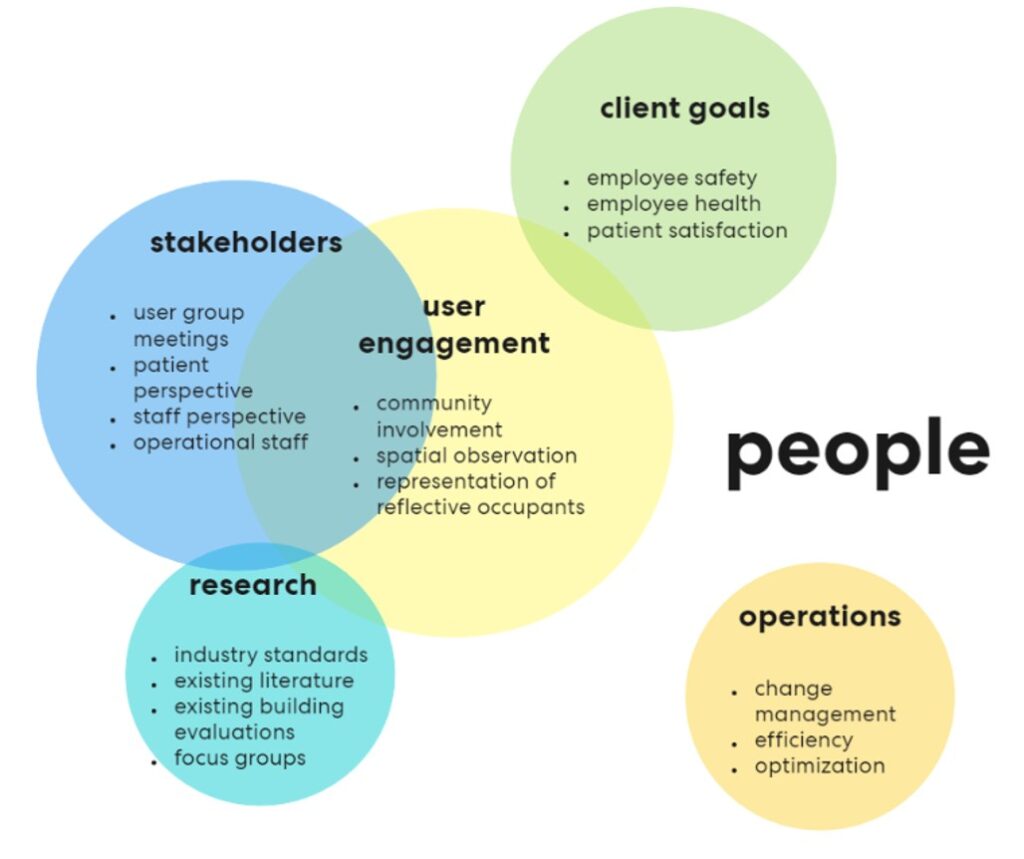
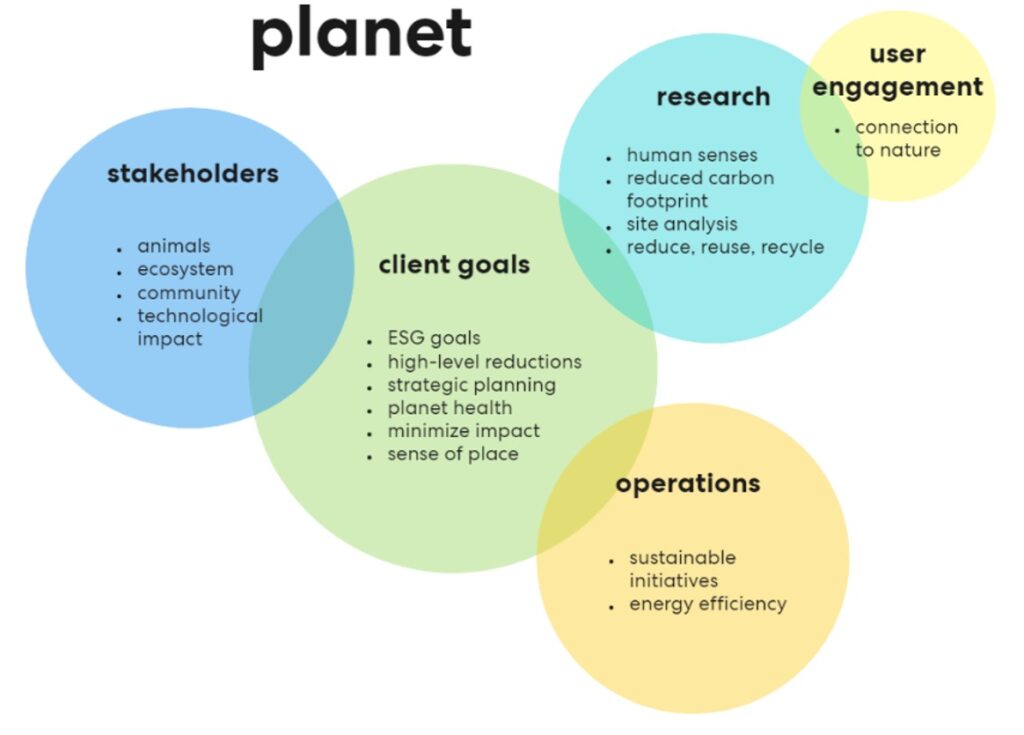
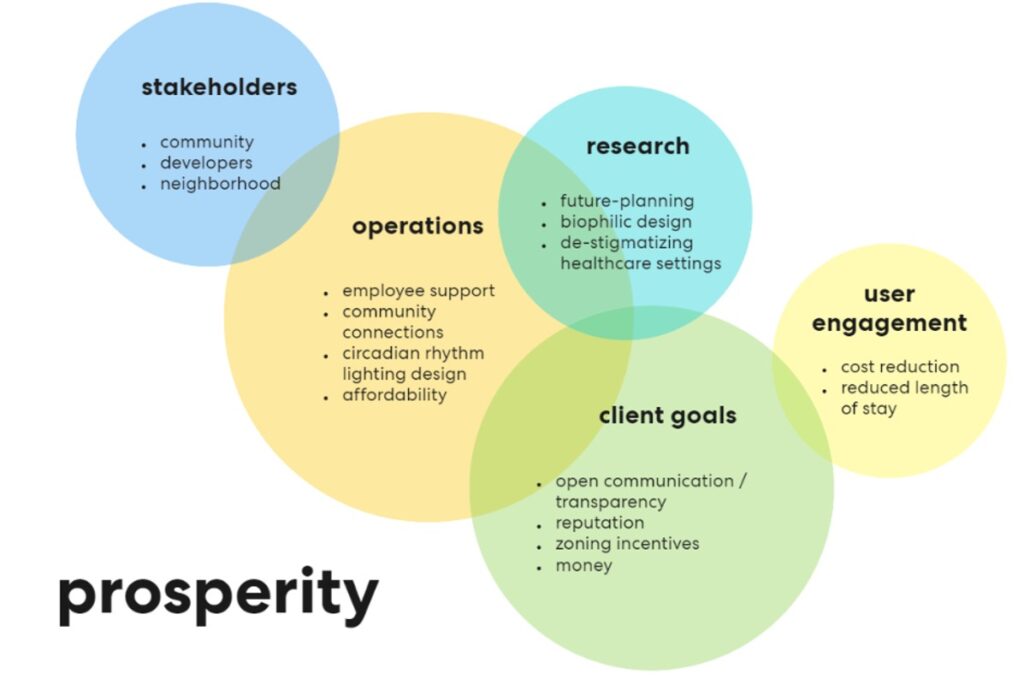
Part 3: Charrette – The Design Process
In the last portion of the workshop, the participants rearranged all of their previous design suggestions into design phases. The outcome of this exercise provides an “empathetic swim lane” that parallels the traditional design-construction process and provides designers with a guideline of when to implement certain strategies.

The session uncovered a few key themes that workshop participants believed were important to integrate into the design to employ empathy. In the following image, it is also demonstrated in which phase each of these themes should be implemented.

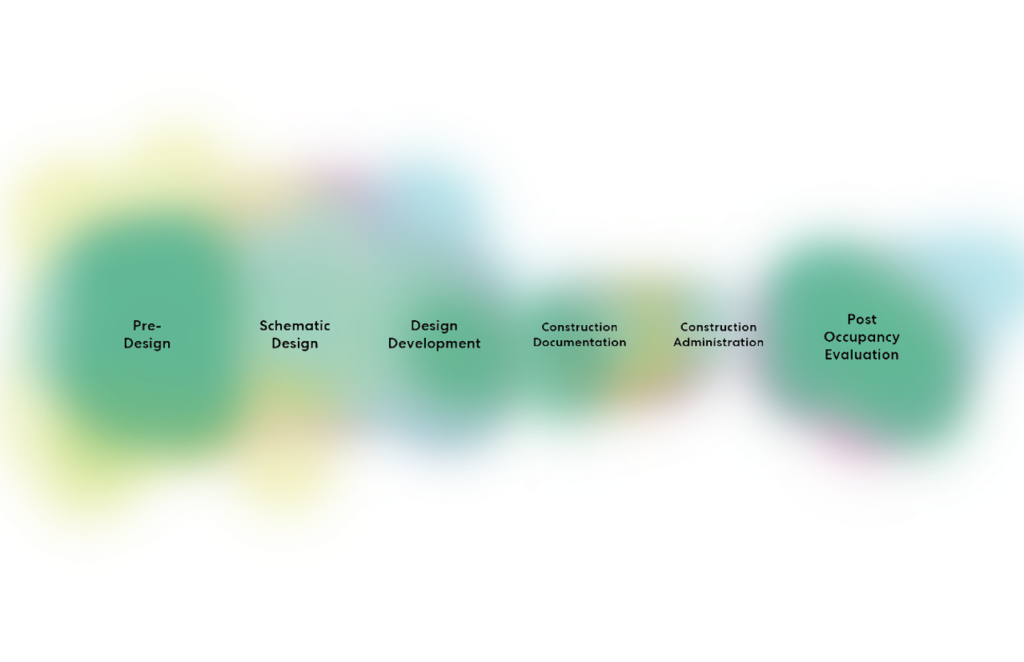
Moving Forward
Many of the issues discussed are systemic issues that are rooted in the norms of daily living. In order to truly design with empathy, we must tackle them at several different scales. What can be readily integrated into the design process on a micro scale is gathering more user input, integrating research, and incorporating evidence-based design. On a mezzo scale, employing empathetic design through operational shifts and changes in client and stakeholder policies may take longer. On a macro scale, long-term community initiatives, public policy, and development will be necessary for an empathetic design framework to fully come to fruition.
Through this workshop, we found that empathetic design currently has many challenges with becoming implemented with project restraints such as client, budget and schedule. To break down these barriers, we must first bring together interdisciplinary experts in workshops such as this to begin the discussion.
